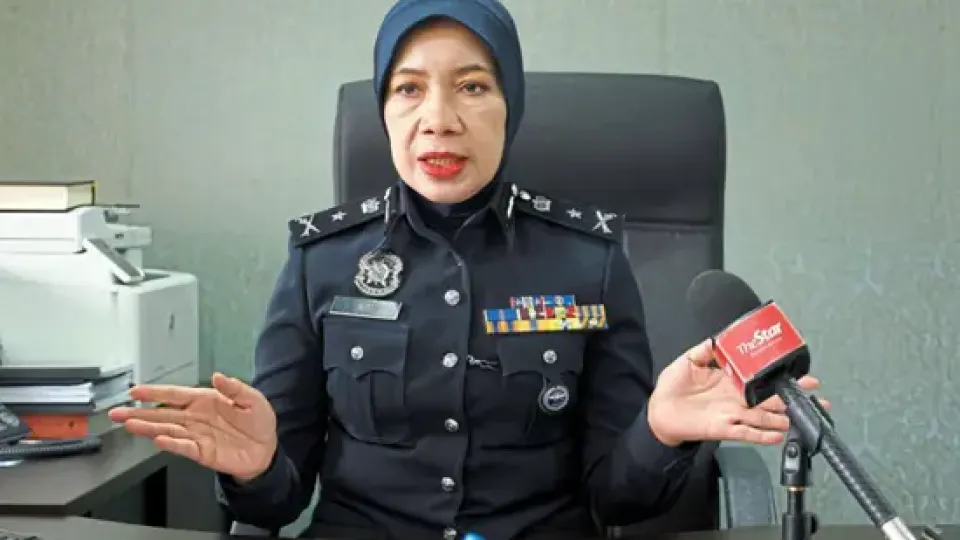May 26, 2025
PETALING JAYA – Artificial intelligence (AI)-generated deepfakes are driving a steep rise in synthetic child sexual abuse material (CSAM) and fuelling addictions to such content, particularly among minors.
Bukit Aman Criminal Investigations Department (CID) sexual, women and child investigation division (D11) principal assistant director Senior Asst Comm Siti Kamsiah Hassan (pic) said AI is increasingly being misused to generate hyper-realistic CSAM, including deepfake imagery, which is complicating detection and posing challenges for law enforcement in bringing those behind it to book.
She said offenders are also exploiting encrypted messaging applications and dark web forums to share CSAM and are communicating anonymously.
SAC Siti Kamsiah said such misuse has also led to a surge in sextortion cases, especially targeted at minors and through social media platforms.
“Many of these victims received threats that traumatised them severely and drove them to suicide. Our latest findings based on the cases under investigation show a rise in underage or teenage offenders who have developed an addiction to pornography. Many were found to have downloaded and stored CSAM in cloud storage or their email accounts,” she said in an interview recently.
Earlier this month, SAC Siti Kamsiah led a team from her division alongside other units of the CID in a collaborative effort with the Dutch authorities to exchange advanced strategies for combating CSAM and identifying offenders.
She said the meeting enabled both nations to carry out crucial discussions on the technical and legislative challenges faced by the authorities.
“We can see how a CyberTipline Report, channelled through the National Centre for Missing and Exploited Children (NCMEC), could serve as a document for presentation in court, even in the absence of a mutual legal assistance treaty (MLAT), or as evidence when none is available against an offender.
“We also discussed the legality of ratifying the acceptance of data evidence obtained by police through hacking into the computers of offenders.
“The sharing of invaluable knowledge and information in the meeting was very beneficial to our police force, especially for the D11.
It will definitely help make us a united, capable and responsive unit in countering the threat of sexual crimes against children in cyberspace,” she said.
Representatives of the Dutch authorities comprised Netherlands police attache Eddy Assens, Transnational Sexual Child Abuse Expertise Centre programme manager Jan van der Helm and Netherlands Public Prosecution Service officers Linda van den Oever, Nicole Smits and Meike Willebrands.

